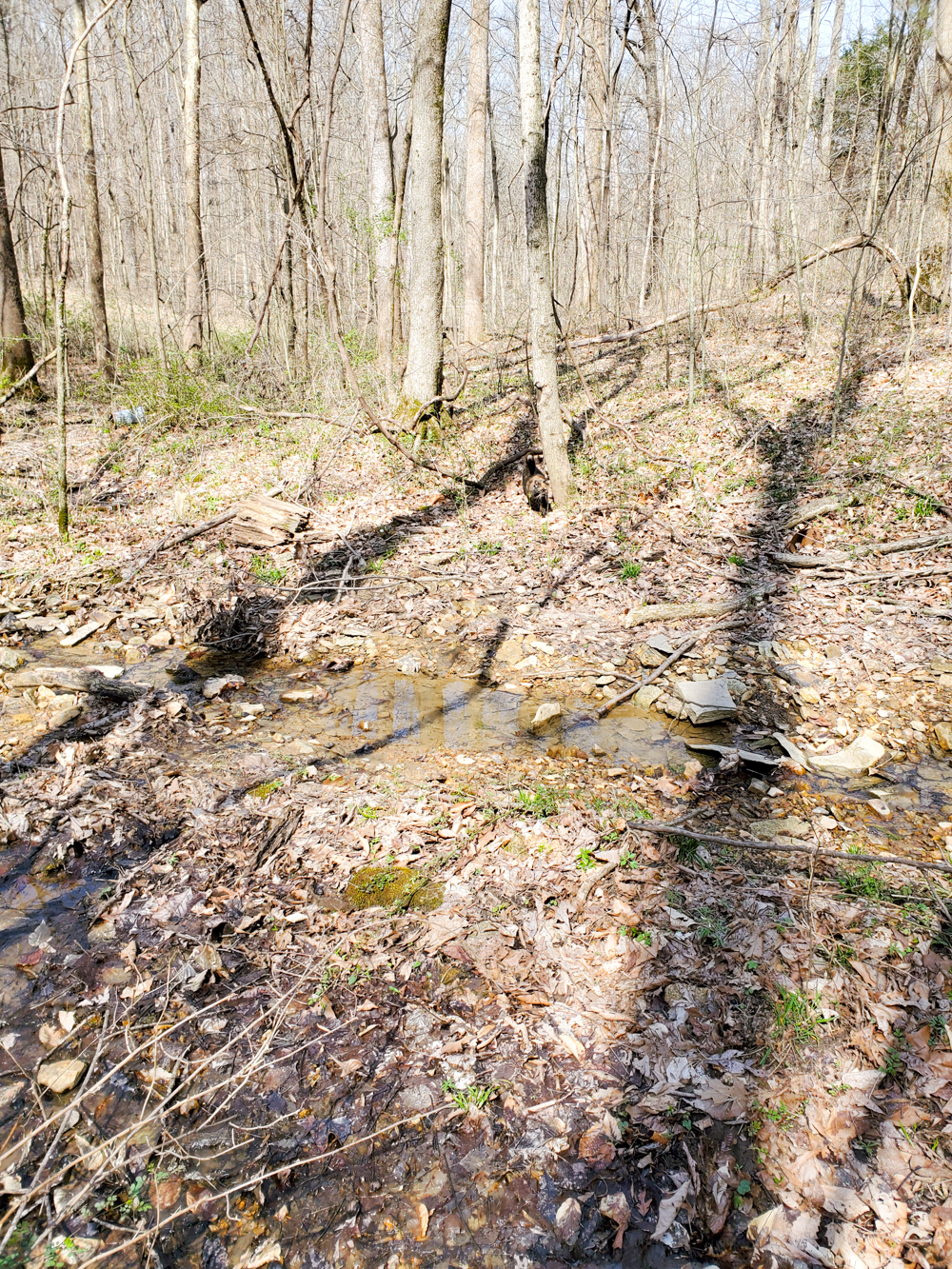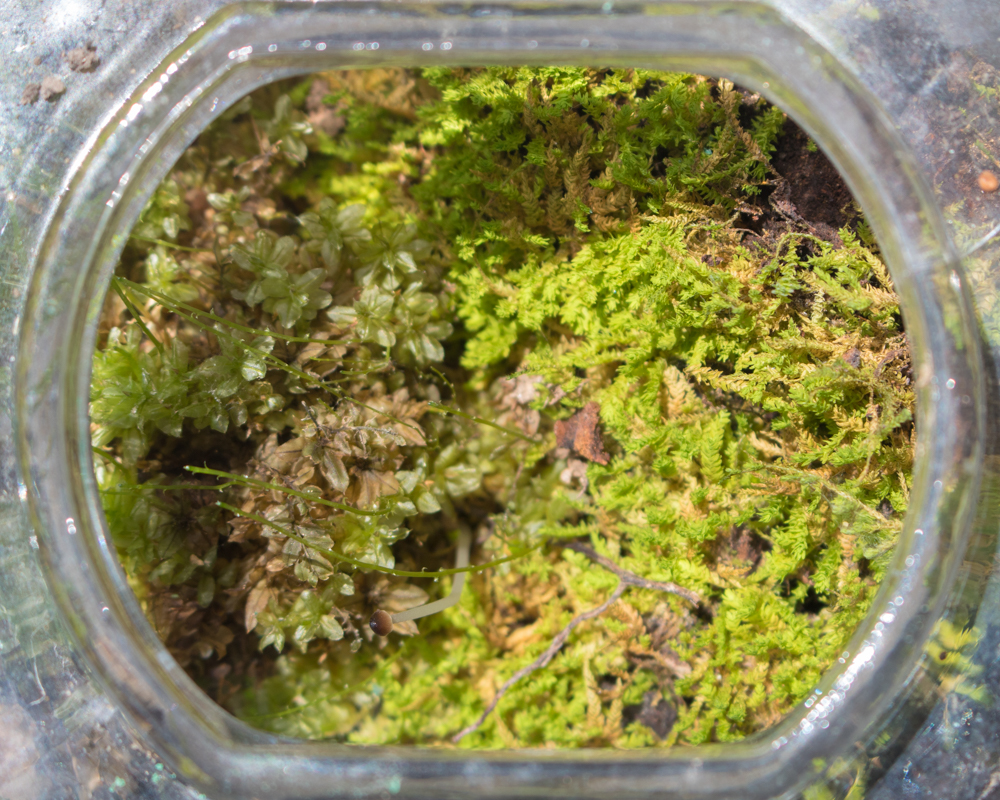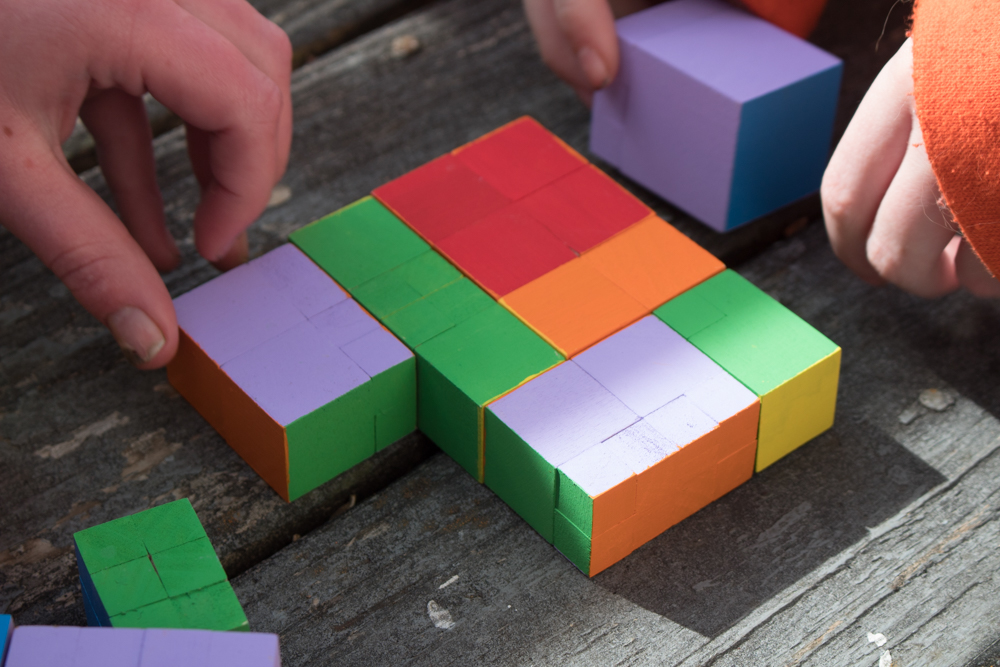I know that we are all soldiering on and putting on our brave faces and thanking our lucky stars for every single piece of good fortune that we're fortunate enough to possess during this pandemic, but I just want to tell you that if your kid is legit grieving something from her pre-pandemic life, this is your safe space to complain about it right here.
Because we can all put on our brave faces and soldier through our own shit, but when your kid is suffering and you can't fix it, that is a hard load to bear, and it legitimately sucks. Fortunate as we are in all the ways that we are, watching your kid have to miss their favorite people and favorite activities out in the big, wide world is hard, and if you want to gripe about it, you can go ahead and gripe about it right here to me, because I'm hating it, too.
I'll even go first: I HATE how much my kid is missing ballet. She misses her friends, she misses her teachers, she misses the companionship of other dancers, she misses rehearsing for and performing in the spring recital (what a blow that cancellation was!), she misses the in-person instruction, she misses pointe class... essentially, she's grieving for every aspect of her favorite thing in life.
Online classes and dancing at home are poor substitutes.
And yet that's where we are, and that's what we've got, so that's what she's doing.
Thankfully, we already had a
DIY ballet barre set up at home. I think most of the kids at my kid's level in her classes who didn't already have one by the time the pandemic started do have one by now, because although something like a countertop or the back of a chair works if you're relatively stationery, it doesn't help much for moves that require you to travel--and you do a lot of that in pointe class!
If you want a non-DIY portable ballet barre, I know several kids who have this one and they all seem to like it:
Or, if you've got a space to wall-mount a ballet barre, I also know people who like this one:


We've also got
large wall mirrors set up in the kid's ballet area, but interestingly, she often prefers to practice and take class away from the mirror, all the way on the opposite side of the room:
I had assumed that the mirror would be crucial for evaluating one's position or technique or whatever, but I've actually been hearing that other kids in her class are responding well to dancing without the wall of mirrors in their ballet studio. Such an unexpected takeaway, right?
The photo above was taken with the kid dancing on our bare laminate floor, which is pretty horrible even when it's not covered in dust and hair... not that I'd actually know for sure what the floor is like when it's not covered in dust and hair, but I've got a good imagination.
HOWEVER, it was even while I was taking those photos that I realized that if the kid really was going to be having to take pointe classes from home, and do all her practicing and dancing on pointe here, too, she could not continue to do it on this floor. It's slippery, and she looked unsteady.
I took her into my bedroom to see if dancing en pointe on the carpet would be any better, and she nearly rolled an ankle after about five seconds.
So then I bought this:
It's
this exact piece of marley floor, and it's perfect for the kid and for our space. Even on sale for 40% off when I bought it (yay!), it was still quite spendy, but I've been told that we should be getting a partial refund for the kid's also quite spendy ballet tuition, and even if we weren't, the kid has to be able to continue her pointe training and she clearly cannot do so if she's in danger of hurting herself.
When the floor isn't in use, the kid rolls it up and stores it beneath the mirror. I SUPER want to buy her
this storage bag, because somehow this marley floor manages to pick up and show off all the dust and fuzz and cat hair and dog hair and human hair even better than the laminate floor shining in the sunset does, but that's definitely not in the budget until that theoretical partial tuition refund is in my bank account.
So here is how the kid takes ballet class now:
Actually, I guess she CAN see herself in the mirror when she dances. Maybe across the room from it is better than being a nose-length away!
She doesn't love it--honestly, she HATES it--but she has discovered that with the right instructor, she does find it useful. There are times when it really, really sucks, though, and I hate seeing the kid's disappointment and frustration when, say, she can't hear the instructor's music, or maybe the music is way too loud but the instructor's voice is super quiet so she can't turn the volume down, or that one time when we couldn't get the audio to work at all and she had to do a whole class without being able to hear a thing--for some reason we have a LOT of audio problems over here!
I also really feel for the dance teachers who have had to learn what might be an entirely new technology to them, and a new method of instruction, and figure out their own music, and find a way to give good feedback to a bunch of students using different equipment on different floors with varying qualities of webcams.
Like, dancers are ALREADY well-versed in grit and perseverance. They really don't need this whole series of challenges just to teach them life lessons!
One good thing, I guess, about the quarantines across the country is that many ballet companies and institutions are generously providing free online classes and other enrichment. It's sometimes hard to figure out the level for these, or they're most often at a beginner's level or for young children, but it can be fun to try something new, and some of the classes on offer are very unusual!
These change all the time, but here are some current favorites:
- Ballerinas by Night has free YouTube ballet classes, exercises, and tips.
- Ballet 24 has mostly YouTube workouts for dancers, but also stretches and some classes.
- The Ballet Coach has YouTube classes for all levels from "little kids" to "grandma and grandpas," including some at the intermediate/advanced level.
- Berkeley Ballet Theater hosts several pay-what-you-can ballet classes through Facebook every week, and these are especially great because some of them are intermediate/advanced level.
- Canada's National Ballet School has online ballet classes through intermediate level.
- Charlotte Ballet is holding weekly classes on African dance and jazz!
- Charm City Ballet has a live weekly barre class that's also available for viewing afterwards.
- Cincinnati Ballet has a whole series of conditioning classes on Facebook Live, or you can dance along to their livestreamed company classes on YouTube.
- Cleveland Inner City Ballet has a free children's classes every week on Facebook Live.
- The Dutch National Ballet has several online classes on YouTube. Most are barre, but there are some on other topics.
- English National Ballet at Home classes on YouTube definitely aren't for beginners!
- Front Range Classical Ballet Academy has Facebook videos for intermediate/advanced classes and conditioning.
- Huntsville Ballet has tap, modern, and hip hop classes free on YouTube!
- Kathryn Morgan has tons of classes and tutorials on YouTube, including pointe classes from beginner through advanced!
- Lazy Dancer Tips has full ballet classes, but also strength training and workouts.
- The New San Jose Ballet offers pay-what-you-can ballet classes through YouTube. There are all levels, including an adult ballet bootcamp that I might secretly try.
- New York City Ballet has basic-level ballet classes for adults that don't feel basic because they're engaged with a theme--this week's is going to sneak some modern in via a Balanchine ballet!--and classes for young children.
- Pro Ballet is in Russian on YouTube, so you sort of have to look at the thumbnail to see what the class is, but once it starts you can easily follow along.
- The Rockettes teach a new segment of one of their routines on Instagram every week, but you can still see them after if you don't catch them live. I'm fascinated that they do most of this in heels!
- Sarah Arnold has YouTube videos with mostly warm-ups and exercises for improving specific skills, like turnout.
All those classes are enough to keep any dancer engaged and in condition, if you remember that they don't provide any instructor feedback and so aren't a real substitute for a live class.
I particularly hate that this pandemic happened so early in the kid's pointe training, when she really needs the hands-on instruction and feedback to help her develop good habits and good form, but honestly, there's no great time in a dancer's training... or in anyone else's, either... for a pandemic to suddenly quarantine everyone away from their peers and teachers. We're just... soldiering on, game faces in place, trying not to focus on how much it all sucks.
If you've got a dancer who's training at home, too, tell me YOUR favorite tips and tricks and equipment. Maybe there's something new that I haven't thought to throw my money at yet!
P.S. Want to know what else we're doing during quarantine, like the science experiments and the art activities and the weird craft projects and the random Jane Austen tea parties? Check out my
Craft Knife Facebook page!




































































